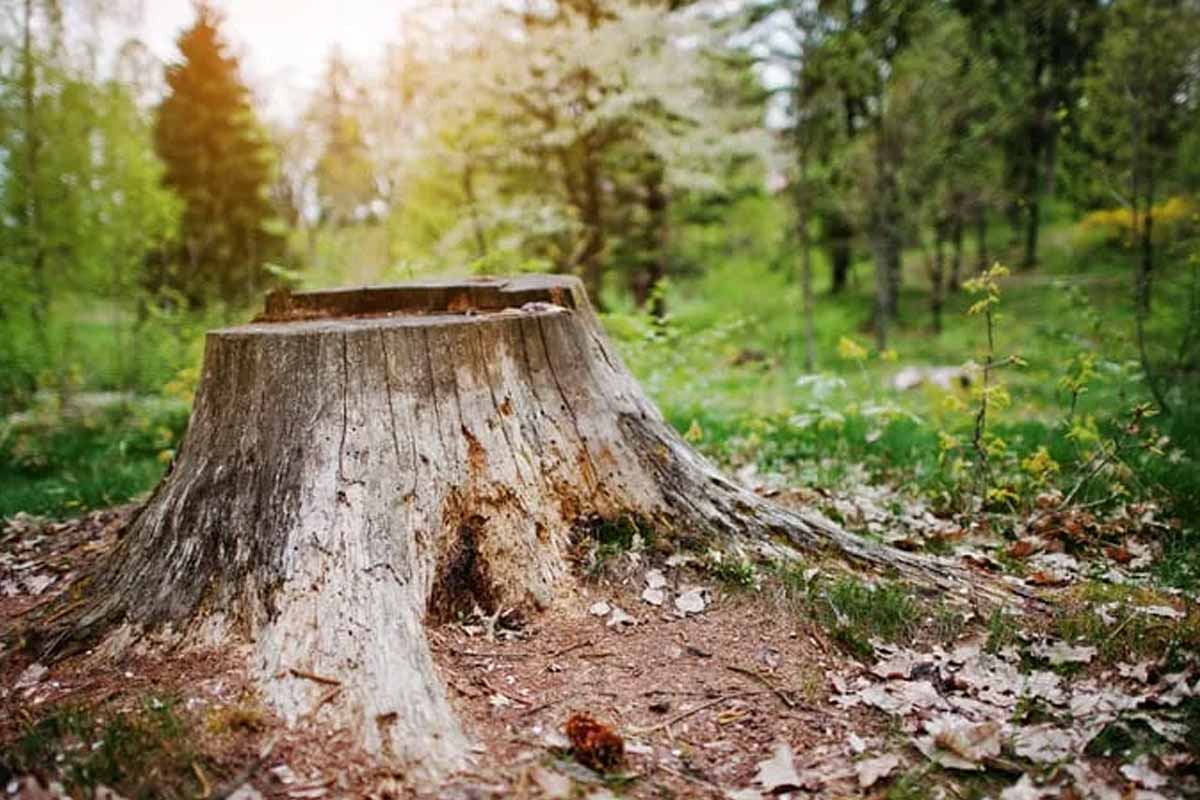You want a clean yard, not a scar that lingers for months. The fastest low-cost fix uses effort, not fumes or roaring machines. A tree stump can come out with simple tools, steady pacing, and smart steps. You loosen the roots, free the base, and rebuild the soil, while noise stays low. This method takes patience, yet it stays safe, keeps costs down, and leaves your ground ready for planting.
Why manual removal beats chemicals and loud grinders
Chemicals promise ease. They linger in soil and may harm nearby beds. Rental grinders bring cost, dust, and noise. Manual work keeps control close to the ground. Roots release in stages, turf stays intact, and the footprint remains small for quick lawn recovery and simple, easy replanting.
You set the pace, so you protect irrigation lines, edging stones, and young shrubs. You also skip fuel, permits, and scheduling. This approach respects soil structure. Repeated digging and careful cutting reduce compaction, so drainage stays healthy. Worm life keeps thriving beneath your boots outdoors all season.
The trade is effort for savings, and that exchange often wins. With patience, a tree stump comes free without fumes or heavy steel. You avoid surprise fees. The plan stays simple and repeatable. Weekend projects feel doable and your budget remains steady for other needed home repairs.
Step-by-step method to free a tree stump safely
Dress first because safety matters when wood shifts fast. Steel-toed boots protect toes, while gloves prevent blisters and splinters. Eye protection blocks flying grit. Lay out tools within reach. Use a pointed shovel, hatchet or handsaw, garden rake, and bypass loppers. Add a sturdy rope for controlled pulling and balance.
Dig a shallow trench around the flare so roots appear. Keep the wall neat while you toss soil back for reuse. Cut thick roots with the hatchet or saw, then snip wiry runners with loppers. Rake often so targets stay visible, and the trench stays tidy as depth increases.
Repeat a calm loop as progress builds because consistency wins. Dig, expose, cut, and clear, while checking for wobble. Add gentle side-to-side motion as the tree stump loosens, and keep cuts fresh at each step. That rhythm shortens the job and protects nearby turf from accidental damage during removal.
Common mistakes and simple habits that speed progress
Start wide enough so you can see what you cut. Cramped trenches hide runners and waste time. Keep the trench about a shovel’s width, and work around. Cut roots as you expose them, not later, since delayed cuts waste motion. Keep handles clean so grip stays firm when mud builds.
Avoid prying high on the trunk because leverage raises risk and strains tools. Keep the fulcrum low and stable, and never twist a hatchet through soil. Blades dull, so stroke them back to sharp, and cuts stay safe. One clean cut beats three swings that bruise bark and hands.
Hydrate and rest on a steady schedule so focus stays sharp. Fatigue invites slips, so set short intervals, regroup, and resume with care. Keep the rope low on the wood when the base finally moves. That angle protects turf, while the tree stump leaves the ground cleanly without tearing sod.
Leverage and teamwork for a stubborn tree stump
When movement starts, add controlled leverage because small gains add up quickly. Work the rope low and tight, and rock side to side. Use a wood block beneath a pry point to spare soil. That setup multiplies force while it protects the crown, so splits stay predictable and small.
Invite a helper for larger bases since coordination trims effort. One person rocks while the other refreshes cuts that bind. Call pauses often so tools cool and hands reset. Steady rhythm beats brute power, so a tree stump releases faster when roles stay clear and communication remains calm.
Avoid vehicle pulls on chain because frames and plants suffer when force spikes. Slow tension with voice cues keeps control high and risk low. Reopen the trench and trim fresh fibers if a heavy root resists. That step returns control, and the trunk lifts free without tearing sod or edging.
Backfilling, soil repair, and practical reuse after removal
Inspect the hole for dangling roots. Clip them clean so tools do not snag later. Backfill in layers, tamping lightly between lifts. Blend in compost to restore structure and nutrients, because healthy aggregates improve drainage. Rake the grade level, then water gently so the surface settles without sinking.
Patch turf with seed or a small plug, while keeping traffic light until roots knit. Add mulch to hold moisture if you plan beds while seedlings root. Chips can steal nitrogen, so compost them first. A tree stump round also becomes a rustic planter or a low stool beside paths.
For disposal, follow local yard-waste guidelines because rules differ by city. Many sites accept clean wood in set sizes, though pickup days vary. Stack usable rounds for campfire seating, or slice thin discs for markers. Reuse saves hauling time and keeps your project tidy from start to finish.
What this careful method gives you in the end
Grinders and chemicals look fast. They add noise, cost, dust, and soil questions you feel later. A steady manual plan protects beds, keeps control in your hands, and ends with clean, level ground. Steps stay simple and repeatable, so you save money and learn practical skills. You remove one tree stump with pride. Your yard stands ready for seed, mulch, or a new bed without lingering damage. That careful approach pays off long after the work is done.
